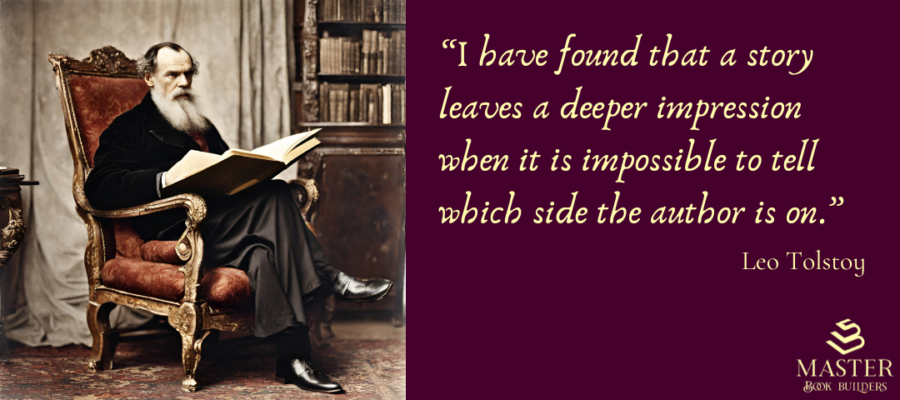Being the Writer and the Reader – How Do You Do Both?
by Yvonne DiVita, Writer and Reader Both
Of flashbacks and meandering
In the early days of my writing life, I strove to tell a story from beginning to end, all inclusive, no flashbacks or meandering. The stories I read seemed to do just that. They began here, traveled to there, and came to an end at the conclusion.
All nice and tidy. Neat and tidy. This happened, that happened, and because of those two things, this happened. The end.
Not once did I wonder about the reader. Not once did I wonder whether the reader would ‘get it’. Not once did I ask myself, “Who is going to read this?”
My goal was to tell a story. About something that happened. And what it did to the people it happened to. I didn’t even know I could flashback or meander, so I kept my fingers to the papers and scribbled tales that kept the reader on the straight and narrow, until she reached the end.
Oh, what a relief that “the end” always was!
I was probably 16 when I wrote like that.
Imitation is the sincerest from of flattery, so they say
As I grew in my writing skill, after attending workshops and taking classes, I grew to writing what I knew. Isn’t that what you learn?
“Write what you know,” the professor admonishes. Because none of us have imaginations to write what we don’t know or to invent what we would like. That would be…what? Interesting? Creative? Insightful? Oh well. Don’t do that. (she said with tongue in cheek because yes, you should do that, just not right now.)
Still, writing what you know is good advice. It’s a good place to start.
What do you know? Do you know farming? Do you know sewing? Do you know heartache and worry? Write it! Write it now! Write what you know and learn from your writing what you don’t know. Then go learn it.
Truth is, no story is new. They’ve all been told. If you’re serious about your writing, perhaps you might study the author you love the most, and copy his style. Well, not copy. We do not copy here. Copying is for … thieves. Rather, imitate. Flatter your author, the one you love, and imitate his style.
Jennifer Manuel suggests, in her post How to Write Your Best Story Ever with One Epic Exercise, that we do the copying. On purpose. But not copying as in writing the story your favorite author wrote that inspired you so and pretending you wrote it. That would be plagiarism. Copying as in, copying. Taking down on paper what the author wrote, in an exercise to learn how to be better at your craft.
A unique idea and exercise, to be sure. If you do it, write to me and tell me how it works out. I find it intriguing.

Your reader says ‘be real‘
Be real. That’s it. Just be real.
Over time I’ve learned that understanding your reader makes you a better writer. Just as Tolstoy says in the opening quote, when you become the story, because you know how to engage the reader in the story, it makes the story more memorable.
This is all part of show, don’t tell, to me. It speaks to the need to write what people will read, rather than writing what you think people will read.
Yes, the big question when people come to me about writing a book, the biggest one of all, is, “Who will read my book?” as if there are only 25 people in the whole world and 5 of them are your relatives so surely the other 20 have better things to do than read a book by you.
Often, we think our story might be interesting or compelling enough for the masses. It might fit in with one or two other books that are similar. There might be people who would read it. Because they, too, have been through so many trials and tribulations.
But, then we pause and silently tell ourselves, “That’s crazy. No one cares about my story. There are hundreds just like it. I should put that book idea away.” And there it goes, that story which could have helped thousands of people, back in the desk drawer. Locked in a private room in your brain. Silenced because you failed to do one thing – you failed to be real.
In truth, in reality, your story is necessary
Being real only means accepting the truth that everyone drinks coffee, which is why there are coffee shops on every corner in America. Did they stop to say, “There are too many coffee shops. I should not open mine. It will fail.”
No, they said, “My coffee shop is going to be so different, so unique, so amazing, everyone who likes coffee will come to it.”
Their truth was this: They HAD to have a coffee shop. Their soul would not let them go another day without opening a coffee shop. Despite all the Starbucks, across all the neighborhoods, in all the cities, they chose to open a coffee shop and compete with the best. They did not allow someone else’s dream delete their dream.
In all the world, there is no one like you. Your story may be similar. If you do the exercises here (allowing a more successful author to guide you – by copying what you can from them – learning how to write as well as them), you will have a beginning to the story you need to tell that is so different than my story. Even though my story is so much the same as yours.
This is the truth you need to learn. Write your story as if you are the one reading it. Write it with all the tears and laughter, you can create. Let the blood drip on the page. Do not wash it away. Show all the bandages. Tell us about the Ferris wheel that frightened you until you wet your pants, in second grade. Tell us about the cotton candy and how delicious it was. Tell us where you transformed from her into “you.”
Do this because we are desperate to learn from you. Do this because people don’t just read one book in one genre and move on to another. They read dozens. They devour stories. They are frenetic with desire to add your story to their bookshelf.
Because there are more than 25 people in the world. And thousands of them want to get to know you. So they, too, can someday write their story – inspired by your courage and tenacity.
Will you do it now? Be both the writer and the reader – by writing and reading, every day.
I’m ready to coach you through the rough spots. Email me at yvonne (at) yvonnedivita (dot) com with any questions.







Leave a Reply